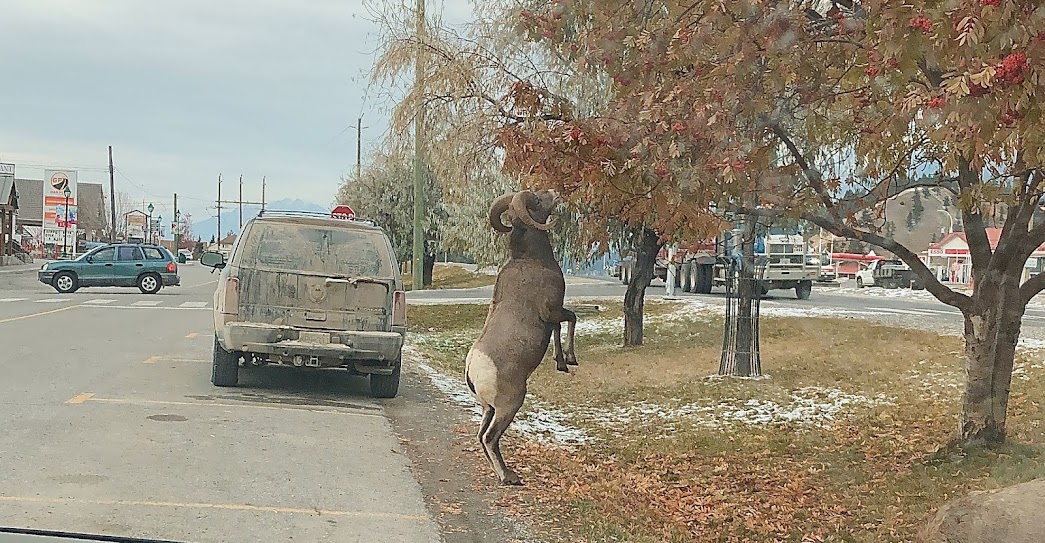As I get older I find more and more that little things begin to annoy me. It’s official-I am finally a grumpy old man. Dian and I visit Costco once or twice a month where we join other seniors in our search for free samples. For some reason we find it quite satisfying to get a 1/4 piece of fruit leather and 1/2 a lukewarm pot sticker. By the time we leave the store, the free samples have set us back around $100. I tried the beef jerky last time we were there. It tasted pretty good but it is cruel trick to give it to us with dentures. I have a theory that Costco has a surveillance camera trained on the jerky station with a live feed to the staff room for their entertainment. Whenever one of us gets a sample someone shouts “Heads up, another old-timer is going to gum the jerky!”
Tim Hortons is on the way home so we usually drop in for a mug which reminds me of a story. A man walks into a restaurant and sees a sign that says “We make every kind of sandwich”. The waiter walks over to him and asks “What can I get you sir?” The man says “Do you make elephant sandwiches?” “Yes we do. How many would you like?” The man replies “Oh, just one.” The clerk says “I’m not going to kill an elephant for one bloody sandwich.” Sometimes you ask a stupid question, you get a stupid answer. At Timmy’s get in line to order and wait to inevitably hear the customer in front of us say “Can I get a cup of coffee?”. Why would one ask such an obvious question? Look around. Everyone is drinking coffee. There is a big sign that shouts out “WE SELL COFFEE”. Did the guy think they would run out of coffee as soon as he got to the head of the line? For once I would like to see the clerk smile, say yes, and walk away. Or the clerk could look him in the eye and say simply “No” and if the customer asks why, he could say “Because you ask stupid questions”. Anyway, when it’s my turn to order, I make a point to say “Give me a small, dark roast regular please - and can I get a double double for my wife? OH SHITE!! Now they got me doing it.
That jerky did taste quite good though. I wonder how long it would take me to gum a whole package. Maybe next time.





















































